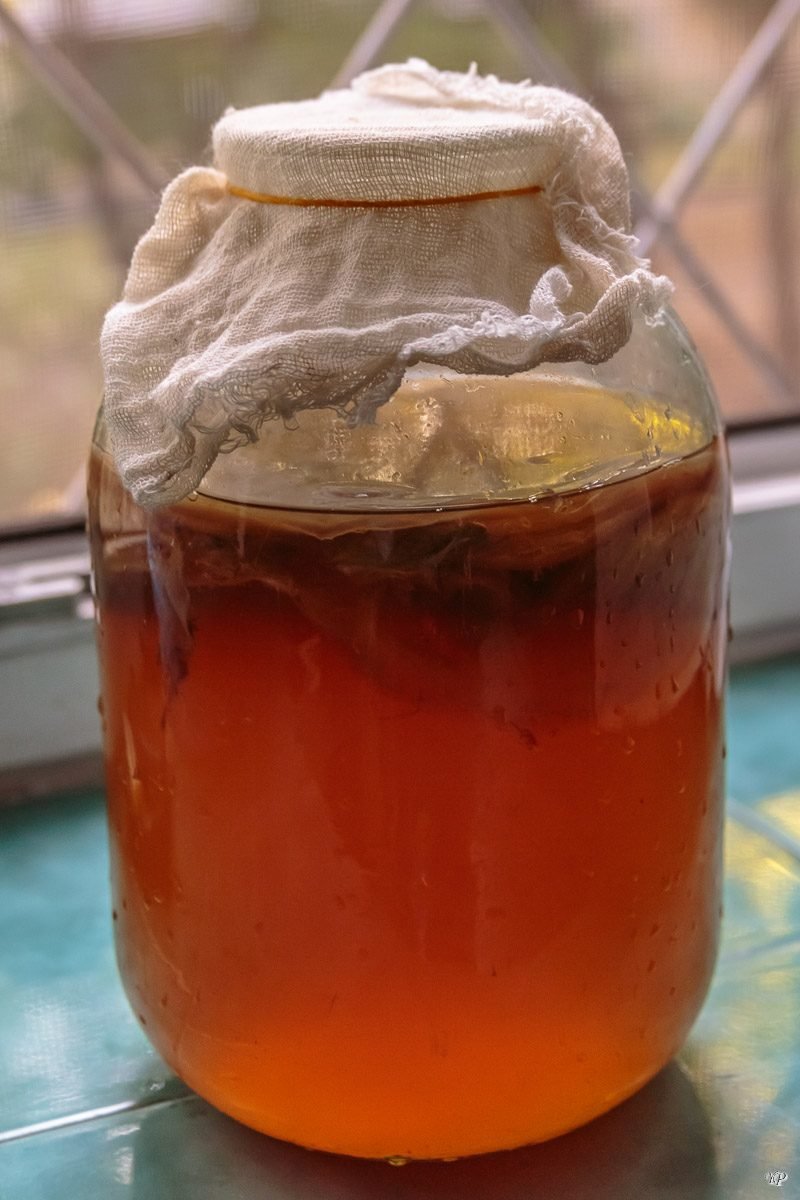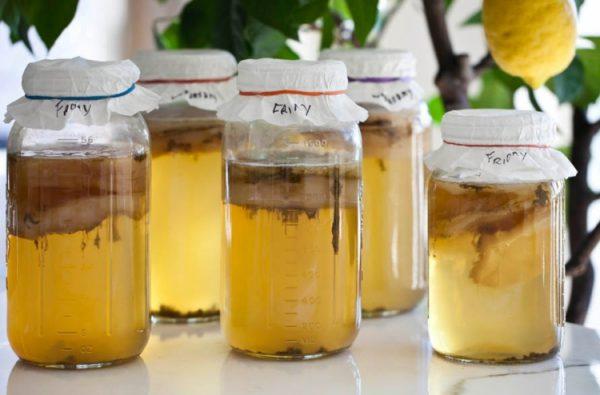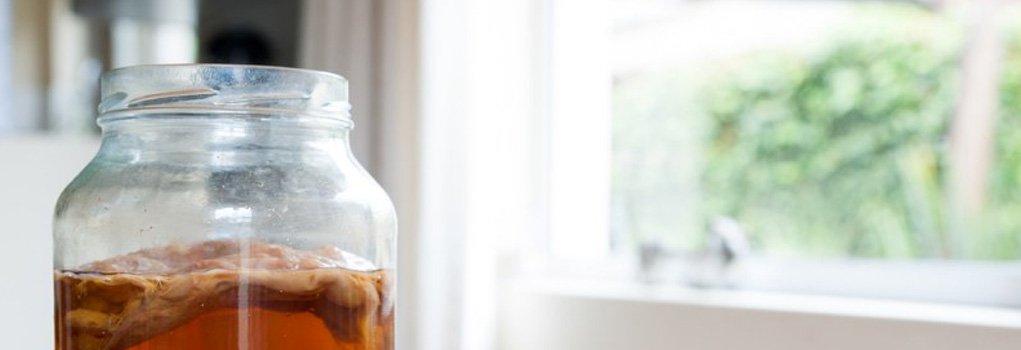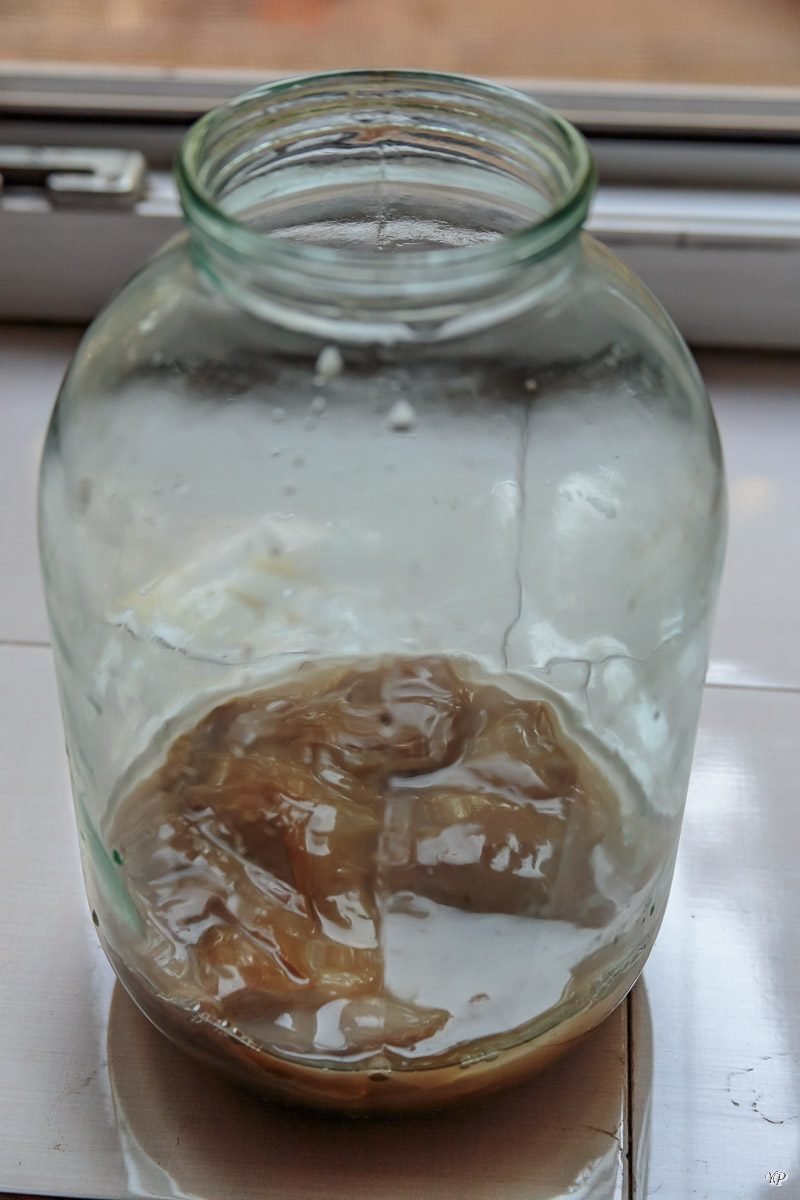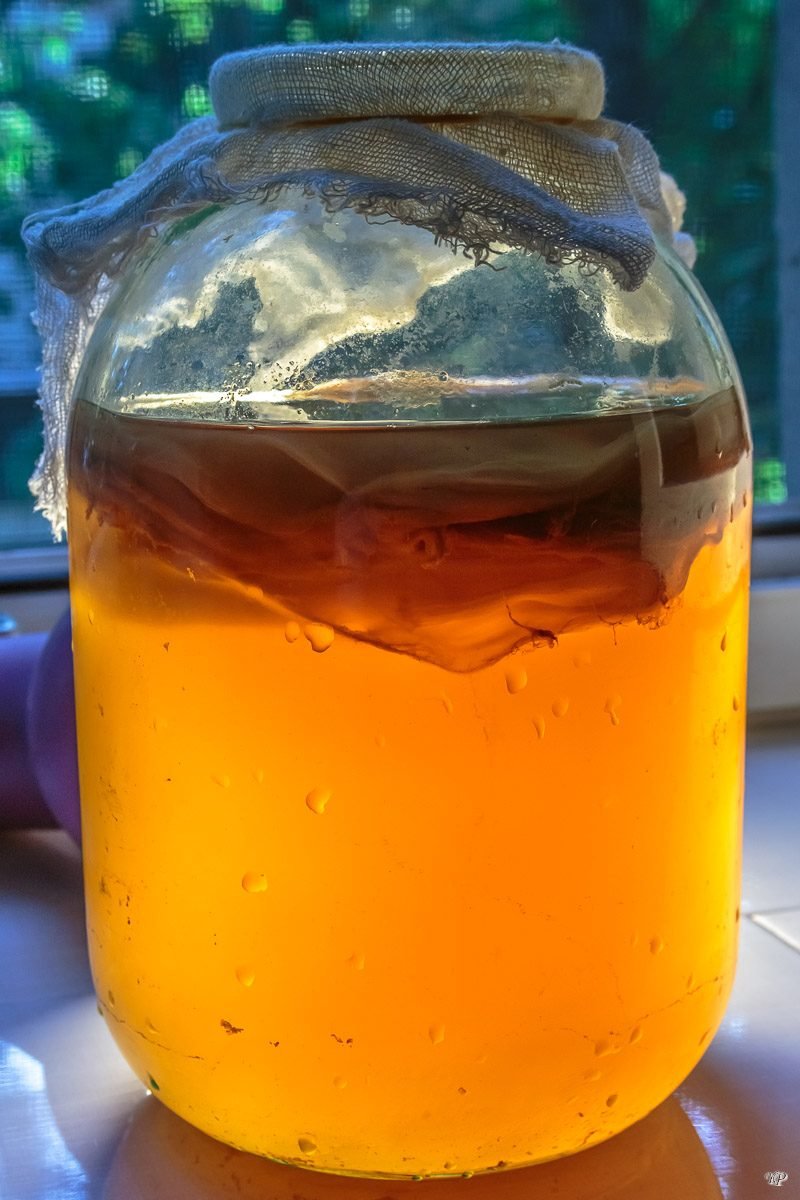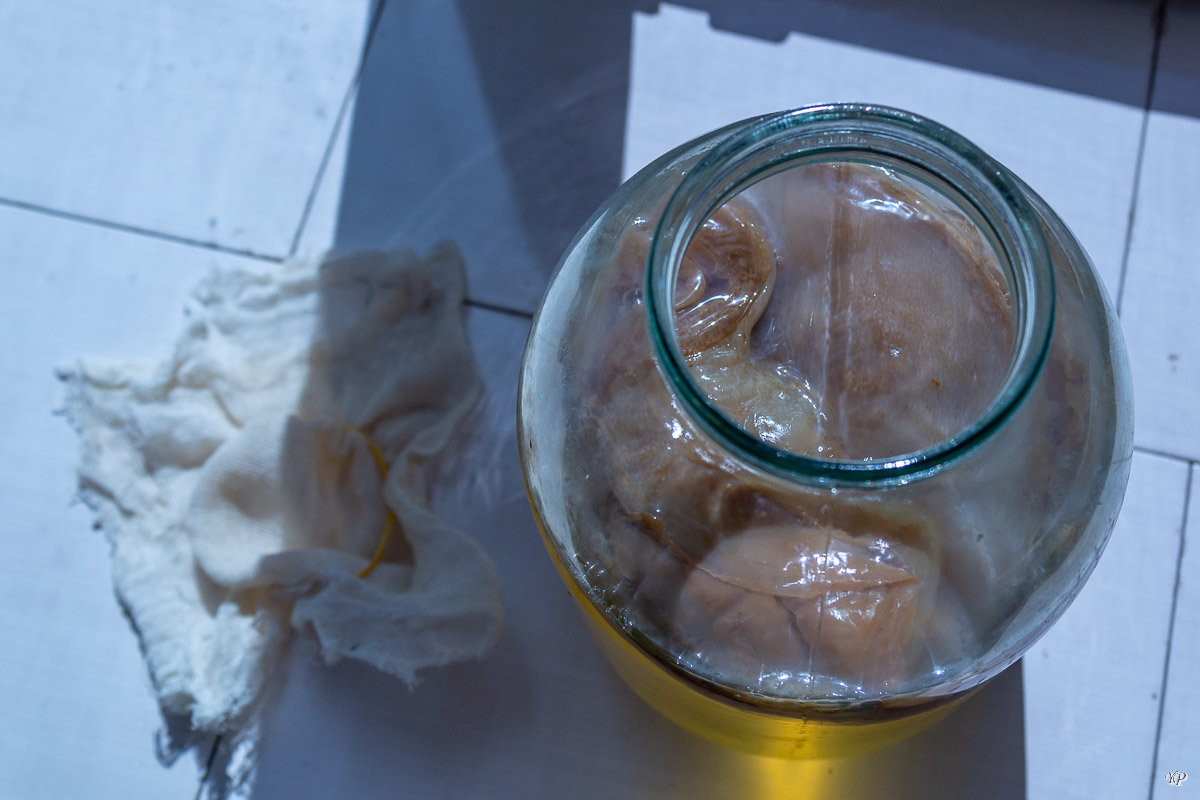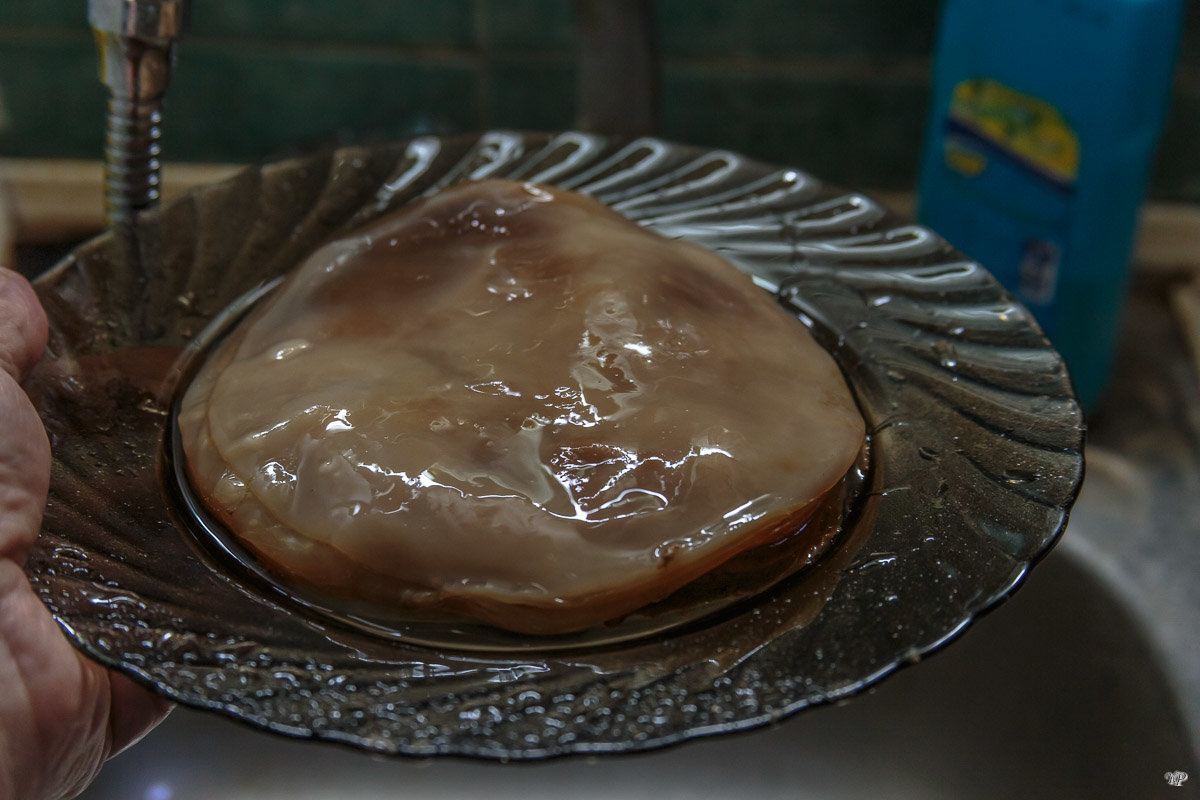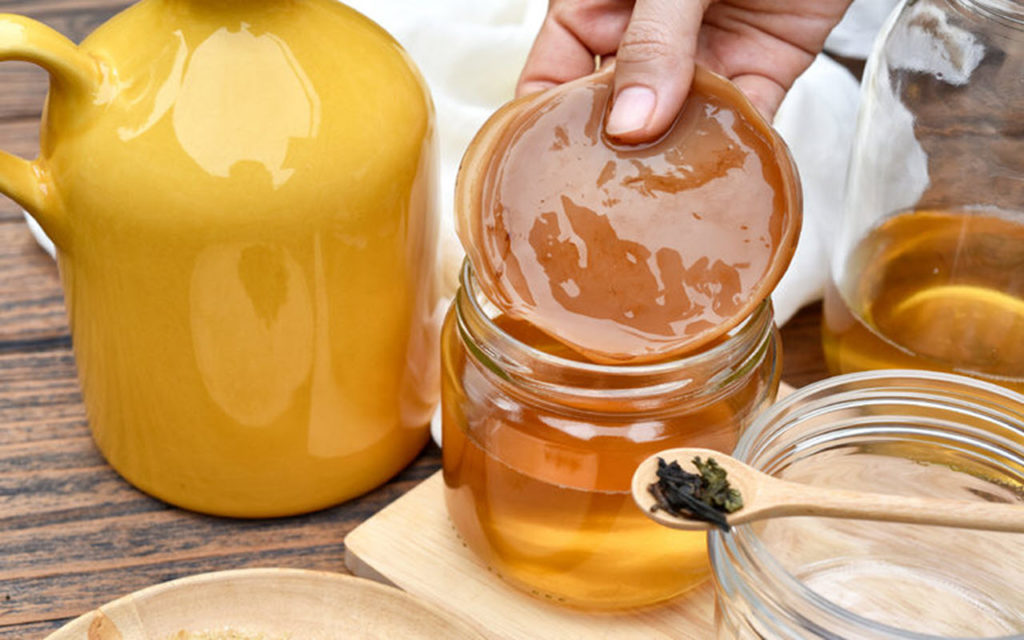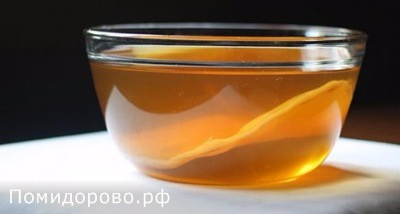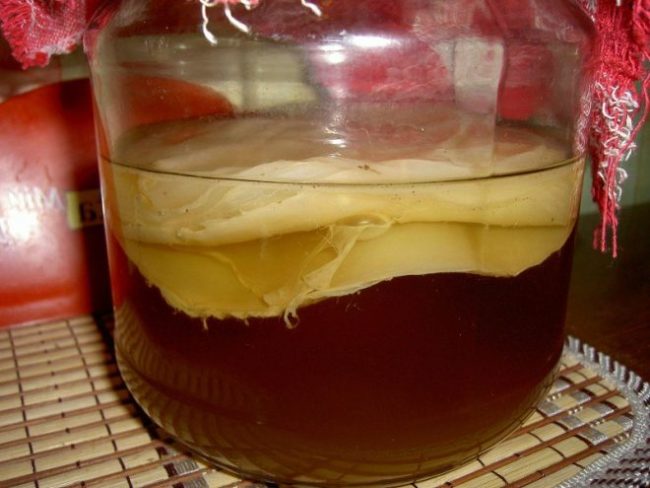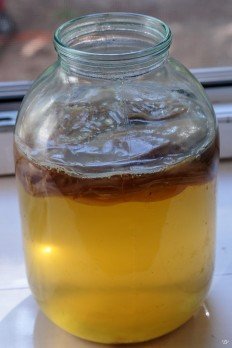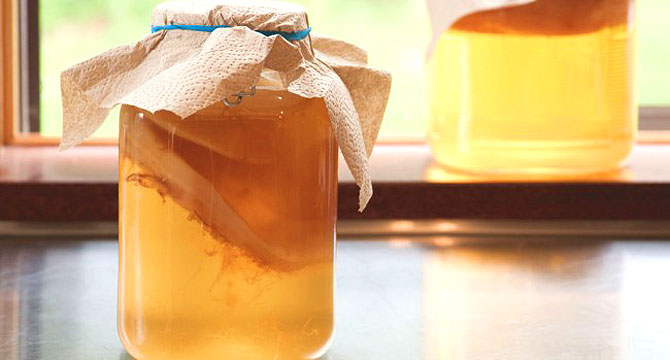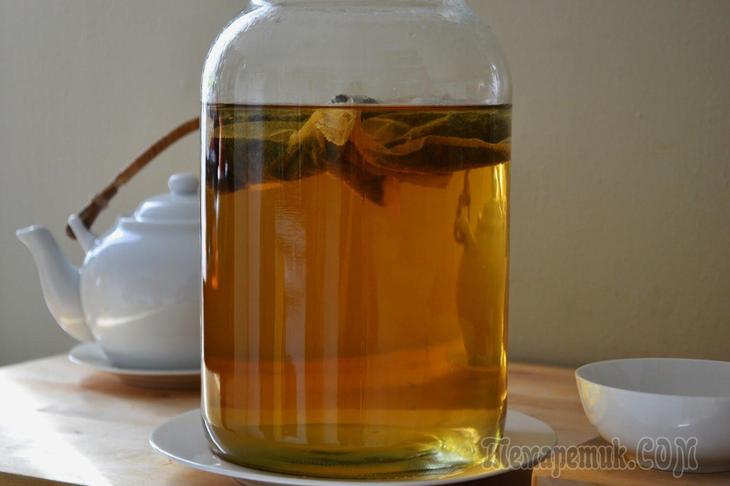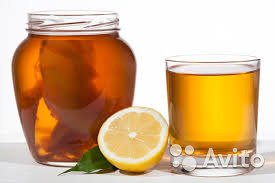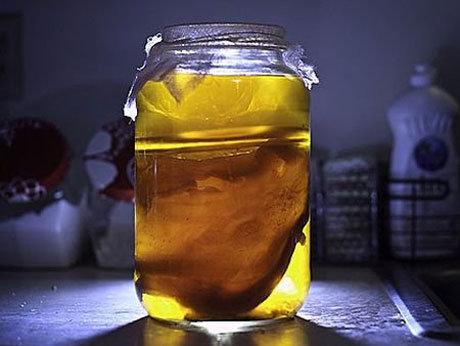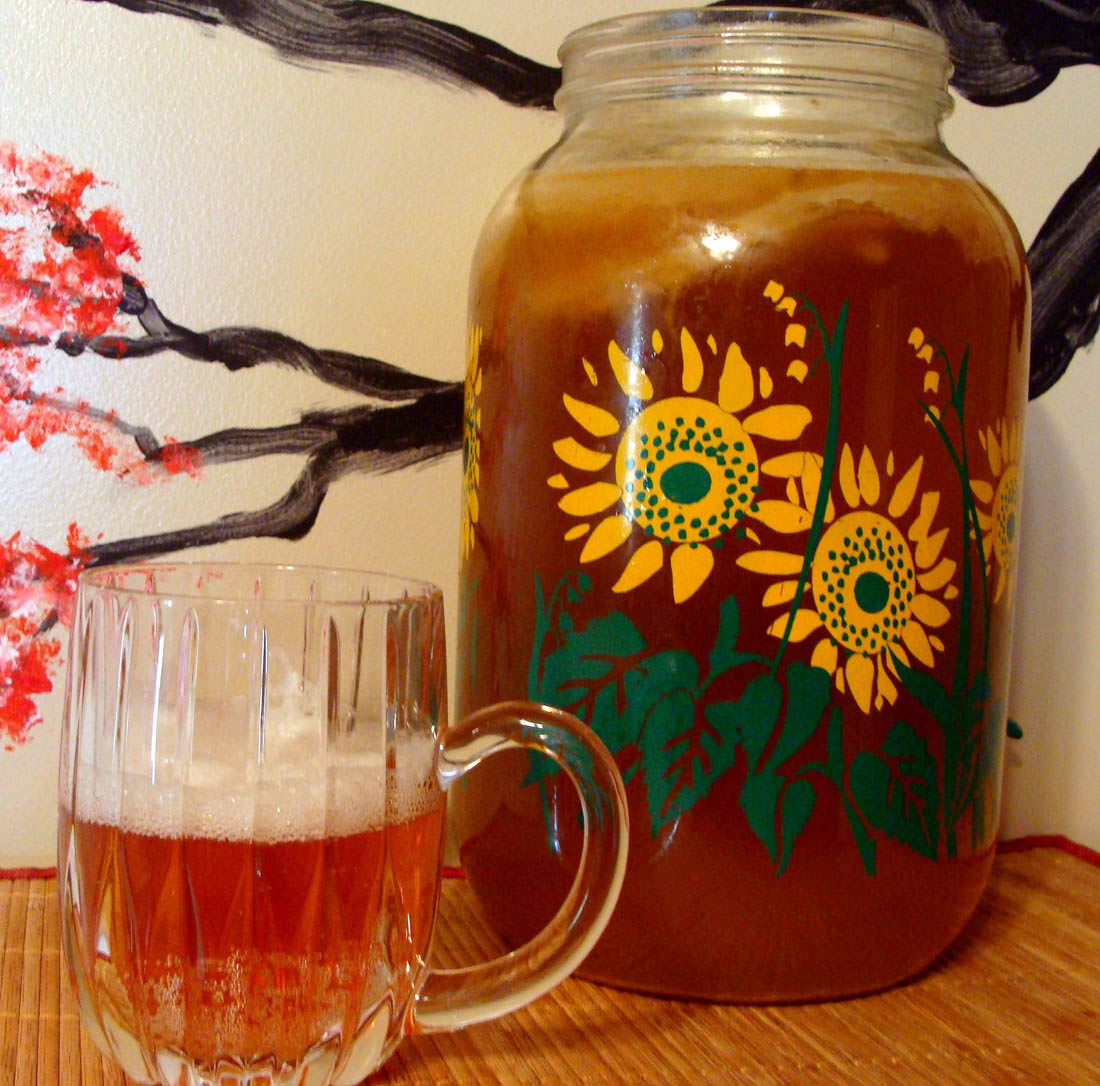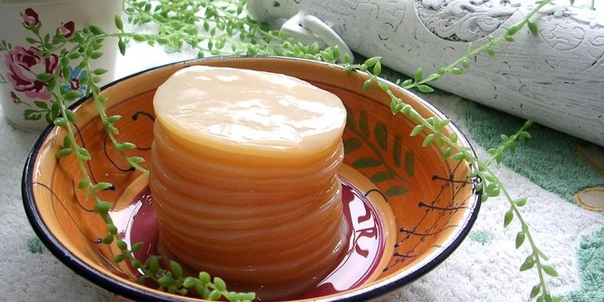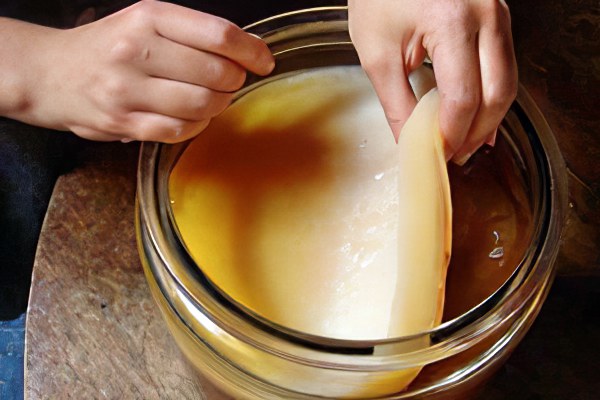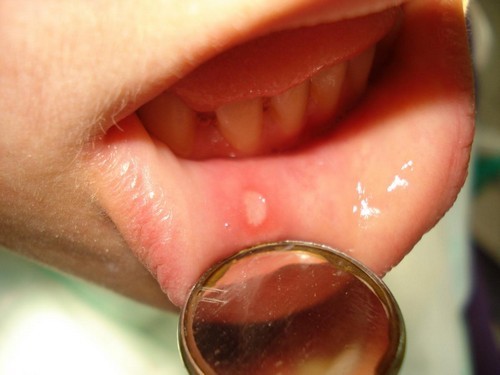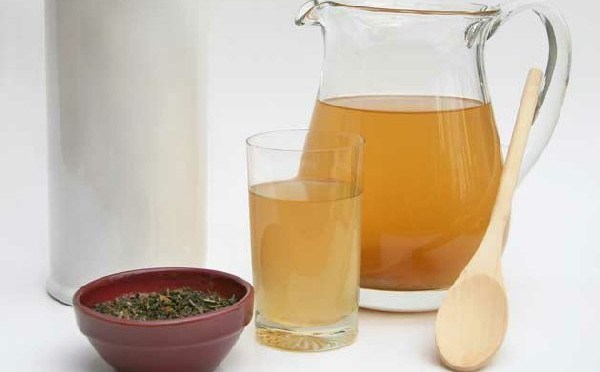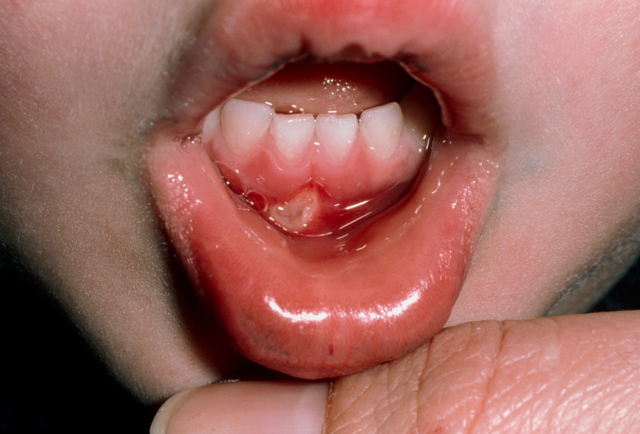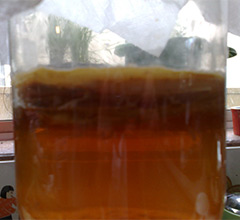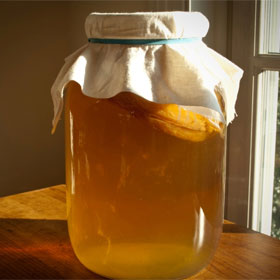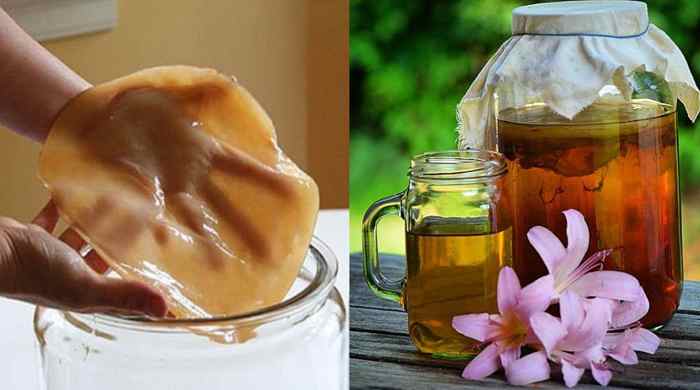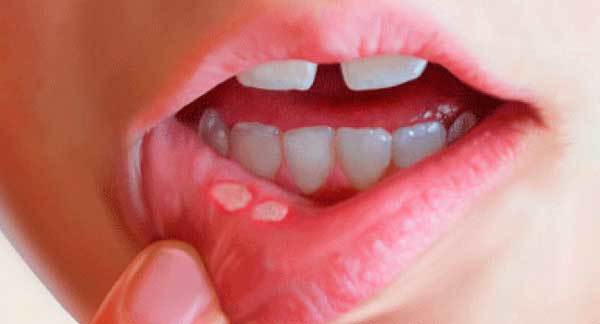Classification
SYMPTOMS AND VARIETIES OF ORAL CANDIDOSIS
- Pseudomembranous acute oral candidiasis. This is the most common type of candidiasis, which is also called thrush. This form of the disease is often observed in children. If the disease has developed in adults, then this, as a rule, indicates the presence of other pathologies that provoked oral candidiasis. As a rule, the lips, cheeks, palate and back of the tongue are affected. The oral cavity with pseudomembranous acute candidiasis is covered with a white curdled bloom. At first, such a plaque is removed easily, but as the disease progresses, the plaque becomes denser, and it becomes more and more difficult to remove it. As a result, the oral surface becomes covered with erosion, and it becomes very painful for the patient to chew.
- Acute atrophic candidiasis. With this type of oral candidiasis, the patient has a strong burning sensation and dry mouth. The mucous membrane becomes dry and red. If fungi affect the back of the tongue, then it becomes bright crimson. As a rule, in acute atrophic candidiasis, plaque is not noted, and if it is, it is located deep in the folds and is removed with difficulty. Such plaque is a combination of tissue cells with a large number of fungal cells at the budding stage.
- Chronic hyperplastic oral candidiasis. In chronic hyperplastic candidiasis, the oral cavity is covered with a dense coating, which adheres firmly to it. The back of the tongue and the palate are covered with such a plaque in the form of plaques and nodules. In the palate with chronic hyperplastic candidiasis, papillary hyperplasia is formed. For this reason, the disease lasts long enough. Over time, the plaque begins to be impregnated with fibrin, which leads to the appearance of yellow films. Such films are difficult to remove from the mucous membrane, even with a spatula. If the plaque is removed, then under it will be a mucous membrane with erosions, which begins to bleed. In addition to dense plaque, with chronic hyperplastic candidiasis, there is also a strong burning sensation, dryness and pain in the oral cavity.
- Chronic atrophic candidiasis. Most often, this form of oral candidiasis occurs in persons who use removable dentures. With this type of candidiasis, the oral cavity becomes dry, there is a burning sensation and pain when wearing a prosthesis. Due to the inflammatory process provoked by fungi, the mucous membrane swells and overflows with blood. Erosion, papillomatosis and redness form under the prosthesis. Plaque in this case is also difficult to remove.
Kombucha care
If you are going to drink the entire supply of infusion within the next five days, immediately make a new "bay". When a new portion is not needed, send the mushroom to rest: in this case, you can simply fill it with water (preferably boiled), but it is preferable to place it in a weak tea solution.
The mushroom should be washed with warm boiled water: in winter - once every 2 weeks, in summer - once a week.
The more layers a mushroom has, the stronger and healthier it is. But this is more difficult to manage - it is not easy to take it out of the can, rinse it properly. So if your mushroom has grown fat, it is better to remove one or two layers.
You need to separate fresh, that is, the upper layers. "Beard", on the contrary, should be cared for and cherished, because these are colonies of acetic acid bacteria that synthesize organic acids - the basis of the healing potential of kombucha. Only those fibers of the beard are removed, which themselves set off on a free float.
What if the mushroom does not float to the surface of the tea solution? This happens with a young mushroom, or when several layers are separated from a mature mushroom at once and it becomes too thin. Wait a few hours - maybe it will come up. If not, reduce the amount of the tea solution. Even if it turns out to be very small, it does not matter: after one or two dressings, the mushroom will gain strength and will soon be able to water the whole family.
If you forget about the kombucha, then all the liquid can evaporate, then pour the mushroom with sweet tea and let it stand for a week.
Fungus treatment: brown spots on the surface of the mushroom are granulated sugar burns. Take your time to throw away such a mushroom, first try to cure it. To do this, you just need to ... stop pouring sugar on the mushroom. He will do the rest himself, while there are few brown spots. If the burns are large, it is better to remove the top layer: the fungus cannot breathe with the affected parts of its "body", and oxygen is vital to it.
We remind you:
- The taste qualities of the mushroom infusion are not lost when stored in the refrigerator, but improved.
- The finished infusion tastes like strong, well-carbonated kvass. Drinking it is a real pleasure.
- Pouring the prepared solution into a storage container, strain it through 3-4 layers of gauze.
- Keep a jar of mushroom in a dark place - he does not like direct sunlight.
- Start with five days of aging (although you can try it already on the 4th day).
- Put a piece of paper next to the jar and write down the dates of the "bay" on it, so as not to be mistaken with the number of days of exposure.
- For a young, thin mushroom, a liter of solution can be a lot: it will not be able to float to the surface. In this case, you will have to reduce the amount of solution. An old 5-6-layer mushroom with a large "shaggy" beard can be poured in two liters.
Photo: Yuri Podolsky.
Growing a mushroom from rose hips
If the task of your kombucha is not only to remove thirst, but also to take care of your health, it is best to give preference to growing from rose hips. Such a kombucha is a real find in the cold season, during the flu and cold season, as well as in the spring, when vitamin deficiency is activated.
The principle of growing is the same as from a simple brewing, but there are nuances, which we will now talk about. First you need to prepare a rosehip infusion. For this, you can use both fresh and dried fruits, which are sold in any pharmacy. Place four tablespoons of rosehip hearths in a thermos, pour half a liter of boiling water and cover with a lid, leave for five days. After the rosehip infusion is ready, you can proceed directly to growing the mushroom.
Wash a three-liter jar, pour the rosehip infusion and the previously prepared tea leaves into it - at the rate of a tablespoon of large-leaf black tea in a glass of boiling water. Add 5 tablespoons of sugar and mix thoroughly, leave for a day. Then strain with a gauze cloth, rinse the jar and pour the infusion back into the jar. Cover the jar with a gauze cloth, previously folded in several layers and place in a warm, dark place. Further, the process will develop according to the standard scheme - after about two weeks a strong vinegar smell will appear, which will soon disappear. And the mushroom itself is formed in one and a half to two months.

Kombucha - top dressing
You need to feed a healthy adult mushroom regularly, and systematically drain the finished solution. In summer, this should be done every three to four days, in winter, once every five to seven days. In order to speed up the fermentation process as much as possible, add one glass of ready-made infusion to the prepared solution.
An adult mushroom processes the infusion faster than a sick or young fungus. It is not recommended to overexpose the infusion, as the top layer will immediately begin to darken, and the fungus may die from this.
Do not forget that the mushroom must be washed in boiled water three times, each time you change the solution. This must be done very carefully, so as not to damage the mushroom.
It is strictly forbidden to use a sweetener instead of sugar, or raw sugar, because these actions inexorably lead to the death of the fungus.
The finished infusion can be stored in the refrigerator for four to five months.
Teas for infusions: A solution prepared with black tea If you prepare a solution with black tea, you can get a very high percentage of glucuronic and lactic acids, and purines, which are able to normalize the metabolism in the body. A huge amount of phenol and essential oils have bactericidal properties. This infusion perfectly fights fat deposits and removes excess cholesterol.
A solution prepared with green tea Able to help fight stones in the kidneys, in the gall and bladder. It will have a huge amount of vitamins P, K, B2, which are responsible for the freshness and elasticity of the skin, normalizing blood circulation, and strengthening hair. Thanks to unfermented green tea and the content of tannins in it, cancerous tumors do not develop.
Apart from this, this infusion is very effective for various vascular, intestinal diseases, and as an antibacterial agent.
Despite the fact that most people prefer black tea, the mushroom itself is very fond of green. In it, he lives longer and grows much better.
Herbal teas When preparing infusion for kombucha, you can use both herbal teas and mixtures. To do this, you need to take two liters of water and five tablespoons of the herbal mixture. You can use two tablespoons of tea, and the rest is herbal. It is recommended to infuse for about one hour before straining the grass.
Use of various plants Blackberry and nettle leaves, mother and stepmother, plantain, strawberry and birch leaves, white blackthorn, green tea, linden blossom. Nettle leaves, rose hips and green tea. Oregano, yarrow, bird starlet, snapdragon leaves, any tea. Snapdragon, yarrow, bear's ear, nettle, any tea. Raspberry leaves and forest berry leaves, black currant and blackberry. You cannot take plants that have a huge amount of essential oils, for example, sage, pepper, chamomile, wild currant, etc., since such an infusion will negatively affect your health.
Kombucha: harm and contraindications
- Due to the high content of acids in it, the drink is contraindicated for ulcers and those with increased acidity.
- Kombucha is not recommended for diabetics with high blood sugar.
- It is harmful to drink the drink for people suffering from gout.
- It is forbidden to drink kombucha under reduced pressure.
- Sometimes the drink can cause kidney or liver failure.
- A small amount of ethyl alcohol puts a ban on the use of the drink for people coded for alcoholism, drivers before the trip and children.
But the fear of swallowing a piece of jellyfish is not at all justified. When it enters the stomach, the body of the kombucha is processed in the usual way without causing any harm to the body. He will not be able to multiply, grow inside a person.
What is Kombucha?
Many of us have probably heard of kombucha. And how pleasant it is in the summer heat to quench your thirst with cool tea kvass, "prepared" by a living creature that resembles a jellyfish! Floating on the surface, it transforms the nutrient solution into a wonderful drink, a healing compound used in the treatment of various diseases.
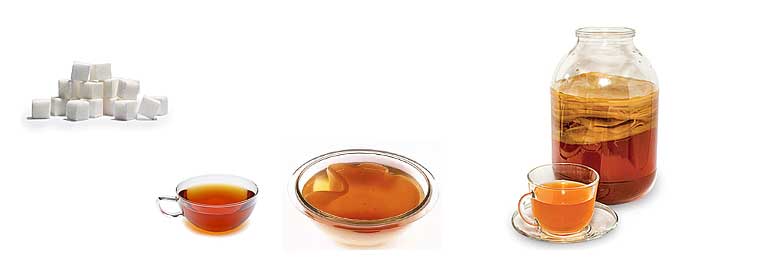
It is also assumed that he first appeared first in China. There is evidence that during the reign of the Qin dynasty, and this is 221–207 BC, there they began to prepare a divine drink with magical powers from this product.
Only kings and dignitaries could drink it, and their subjects never dreamed of it.From China, kombucha gradually migrated to neighboring countries: to Japan, then to Korea - and only then came to Russia.
The scientific name for Kombucha is Medusomyces Gisevi. It was given to him by the German mycologist Lindau, who in 1913 compiled the first complete scientific description of the fungus. It is also called: Japanese uterus, Japanese mushroom, "Manchurian", Kombuha, fango, sea kvass, tea jellyfish. Despite the fact that he has nothing to do with the jellyfish, for his external resemblance to her, he was called the jellyfish.
Kombucha is a real living laboratory, in which two different microorganisms cohabit very well: yeast fungi, mainly from the Torula genus, and acetic acid bacteria. Together they create a huge colony, resembling in its outline a yellowish-brown jellyfish. Like the jellyfish, the upper part of this colony is shiny and quite dense. The lower one is a sprouting zone with many threads hanging down.
In this very zone, the transformation of ordinary sugar solution and tea leaves into a medicinal drink, containing many useful and healing substances for the body, takes place. These are vitamins C, PP, D, group B, and organic acids (gluconic, lactic, acetic, oxalic, malic, citric), and various enzymes (protease, catalase, amylase) - organic substances of a protein nature with the properties of catalysts. They play an important role in metabolism, accelerate chemical processes in the body. Moreover, this is not even a complete list of valuable substances synthesized in this living laboratory. And the most important thing is that the tea kvass produced by this colony is equated with natural natural antibiotics, devoid of all those drawbacks that are inherent in artificially made medicines.
Treatment of stomatitis, sore throats and rhinitis with kombucha

Antiseptics - chemical compounds that have antimicrobial and antiparasitic effect. As a rule, they are applied externally.
Among them are preparations containing acetic, lactic and some other acids.
"Strong" ten-day infusion of kombucha has well-pronounced antiseptic properties due to the presence of alcohol, acetic, lactic, oxalic, citric acids.
It is effective in treating sore throat, helps with stomatitis, disinfects small surface skin damage (scratches, cracks), it can be applied to effectively removal of purulent plaque with trophic ulcers.
Stomatitis treatment
Inflammation of the lining of the mouth is called stomatitis. It can develop as an independent disease and as a consequence of acute respiratory diseases of scarlet fever, measles, flu. Stomatitis can be provoked by an exacerbation of chronic diseases, the nervous system, vitamin deficiency, metabolic disorders, the function of the endocrine glands, and an allergic reaction.
There are quite a few forms of stomatitis, depending on the source of arousal.
Treatment of all forms of stomatitis requires a lot of perseverance and medical supervision.
In any form of stomatitis, significant relief is provided by rinsing the mouth with a weekly infusion of medusomycete and taking it inside at least 3 glasses a day.
An infusion prepared with the addition of apple broth is very effective. By supplementing medicinal plants, a ten-day infusion of kombucha makes it much more effective.
Here are some recipes for mouthwash for stomatitis.
| Chamomile (flowers) | 30,0 |
| White willow (bark) | 30,0 |
| Common oak (bark) | 20,0 |
| Heart-shaped linden (flowers) | 20,0 |
Pour five tablespoons of the collection with 1 liter of boiling water, leave for 0.5 hours in a water bath and strain. Mix the resulting infusion with 1 liter of ten-day infusion of kombucha. Keep in a cool dark place for three days. After three days, the infusion is ready for rinsing.
| Salvia officinalis (leaves) | 20,0 |
| Calendula officinalis (flowers) | 10,0 |
| Walnut (leaves) | 10,0 |
| Creeping thyme (herb) | 10,0 |
The cooking method is the same as in the first recipe.
Sore throat treatment
Stomatitis often develops as a consequence of angina. This disease is characterized by acute inflammation of the tonsils.
The disease is mainly caused by streptococci that enter the pharynx, they are activated when certain conditions occur: with general hypothermia or only directly in the pharynx, a sharp temperature fluctuation in the environment. Do not underestimate the severity of this condition.
No wonder many doctors call a sore throat "a notch in the heart." Not a single sore throat passes without a trace. It has a serious effect on the entire body, can cause an inflammatory process in the kidneys, the onset of a rheumatic attack, and multiple joint damage.
Sore throat should be treated seriously and until complete recovery. In the process of illness, a ten-day infusion of kombucha helps as an antiseptic. Drink a lot: 6-7 glasses a day, heated. They should rinse their throats 5-6 times a day, rinsing it especially thoroughly before and after eating, again warmed up.
In the treatment of angina as a vitamin agent, you can use the following fees.
| Common nettle (leaves) | 30,0 |
| Rowan ordinary (fruits) | 70,0 |
Grind the components of the collection, pour 0.5 liters of boiling water, leave for at least 1 hour, take 0.5 cups of infusion 3 times a day.
| Rosehip cinnamon (fruit) | 25,0 |
| Black currant (leaves) | 25,0 |
| Common raspberry (fruit) | 25,0 |
| Common lingonberry (leaves) | 25,0 |
Pour the crushed composition into 0.5 liters of boiling water, leave for 1 hour. Take 0.5 cups 2 times a day, morning and evening.
Cold treatment
Infusion of kombucha relieves the condition and with a cold. Like any other remedy, it is best applied at the first sign. Prepare cotton swabs, warm up a ten to twelve-day infusion solution, moisten the tampons and put it in your nose for half an hour.
After half an hour, take a half-hour break and repeat the procedure according to the scheme several times.
In conclusion, rinse the nose with a solution as it is done with water: inhale the infusion of one nostril, tightly closing the other, exhale the water and spit it out, repeat the procedure with the other nostril.
Tags: kombucha, runny nose, sore throat, nose, kombucha treatment, stomatitis


